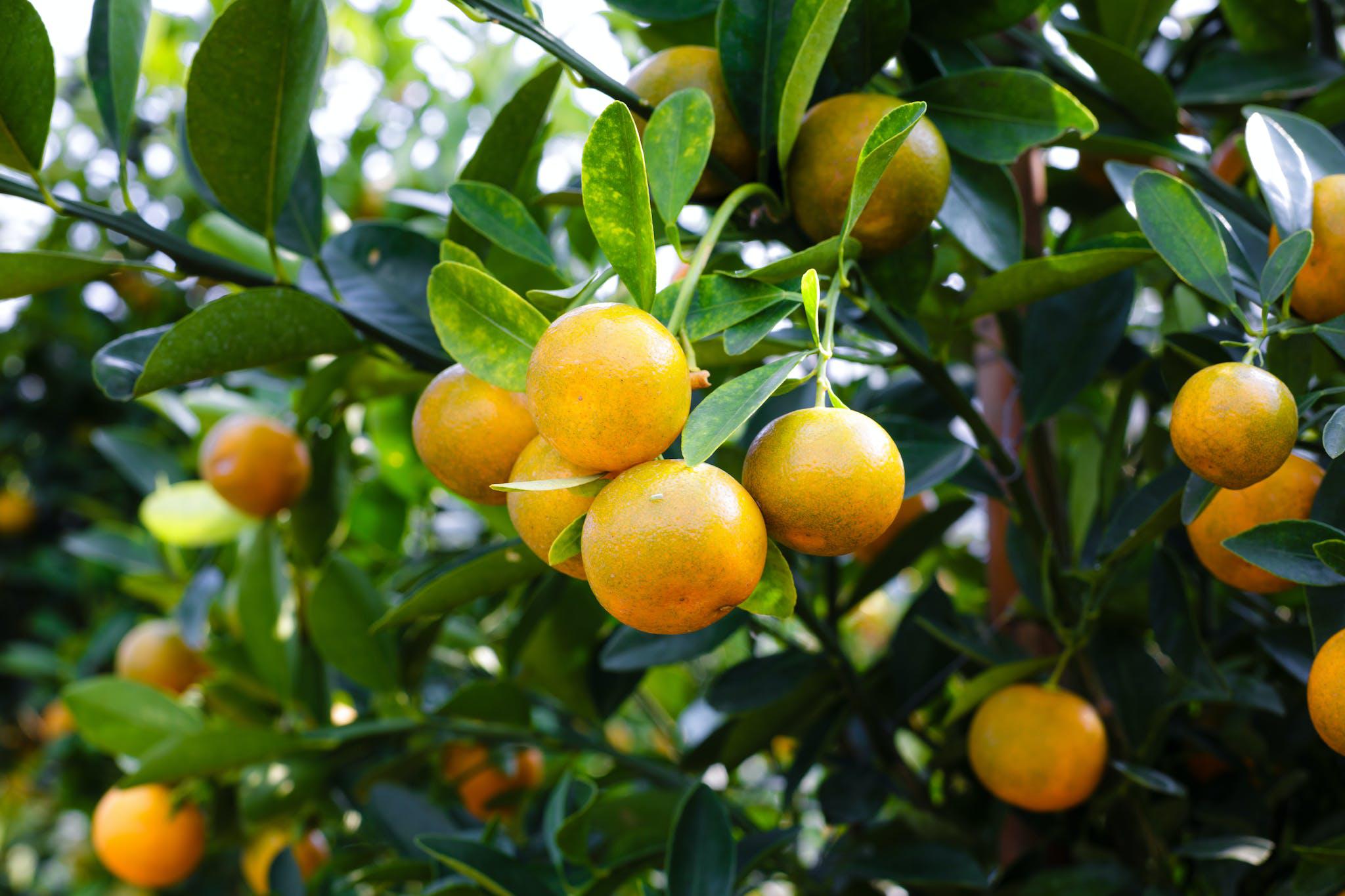Citrus tree problems
Citrus trees are one of the most popular choices for Australian backyards and are generally easy to maintain, however, like most plants, they need a certain amount of attention throughout the year to prevent problems from arising.
In this post, we’ll provide a quick refresher on what citrus trees are and discuss solutions to a handful of common citrus tree problems that can potentially stop them from thriving in your garden.
What are citrus trees?
Citrus refers to the shrubs or trees of the family Rutaceae, which are characterised by their glossy green foliage, fragrant flowers, and vibrant fruit. These trees are considered small to medium-sized – although some varieties can grow up to 10 metres in height – and they prefer warmer climates with well-drained soil and a generous amount of sunlight.
There are five major types of citrus tree, with each having more than one variety (or “cultivar” as it is also known):
- Oranges – Common oranges, blood oranges, navel oranges, and acid-less oranges.
- Lemon – Sweet lemons, rough lemons, and Volkamer lemons.
- Lime – Key limes and Tahiti limes, with other species such as Kaffir limes, Rangpur limes, and sweet limes often included.
- Tangerine – Tangerines, mandarins, and satsumas.
- Grapefruit – While technically a hybrid and not a true species, they are frequently regarded as a citrus fruit due to their popularity and economic importance.
Diagnosing and solving citrus tree problems
Although citrus trees are suited to most areas of Australia and are considered easy to grow, disease and pests can still pose a threat and need to be treated effectively.
The common types of citrus tree problems, and their solutions, are:
- Leaf loss – Significant leaf loss, or citrus leaf drop as it’s known, is a general sign that the citrus tree isn’t well, which can be caused by a number of factors including temperature extremes, lack of water, and even complex nutritional deficiencies. The best course of action with citrus leaf drop is to prune any dead sections to encourage new growth and make sure the tree is getting enough water and essential nutrients. Our Biotic Booster is a chemical-free liquid fertiliser that can help provide the required nutrients for citrus trees and generate a healthier soil overall.
- Holes – The appearance of holes in citrus trees usually indicate the presence of pests in the form of borers, which are the larvae of certain beetles. Borers can be active in both the main stem of trees as well as the branches and can be responsible for large sections of the tree dying. Getting rid of these pests typically involves the use of pesticides, or forcible removal via the insertion of a thin wire (or similar) into the holes. Pruning infected branches and plugging existing holes is also suggested.
- Moths – The appearance of wiggly lines on young citrus tree leaves is another indication of pest infestation, this time in the form of moths, or more specifically, Citrus Leafminer larvae. While the damage they cause is somewhat superficial or cosmetic, it is speculated that their tunnelling can increase the risk of more serious disease as the citrus tree matures. Treatment in this scenario aims to eliminate the infestation using various oils and sprays.
- Mould – Leaves, stems and twigs of citrus trees can occasionally become covered in a black, sticky mould that grows on the secretions of insects such as aphids, scale, mealybugs, and white flies. The mould itself does not harm the citrus tree, however it can impair growth and overall health by blocking essential light. Treatment once again in this scenario aims to eliminate the culpable infestation using various oils and sprays.
Need more help with citrus tree health?
By keeping an eye on your citrus trees and acting quickly on any of the citrus tree problems described above, you should be able to maintain good health and enjoy the delicious rewards when they start to bear fruit (which is typically around 3 to 5 years after being planted).
You can find more hints and tips on growing citrus trees in our previous post, “Citrus Tree Care: How To Grow Better Fruit In Your Garden”, or, if you’d like to receive some more hands-on citrus tree help, don’t hesitate to get in touch with us at XXXXXX.

Post a comment